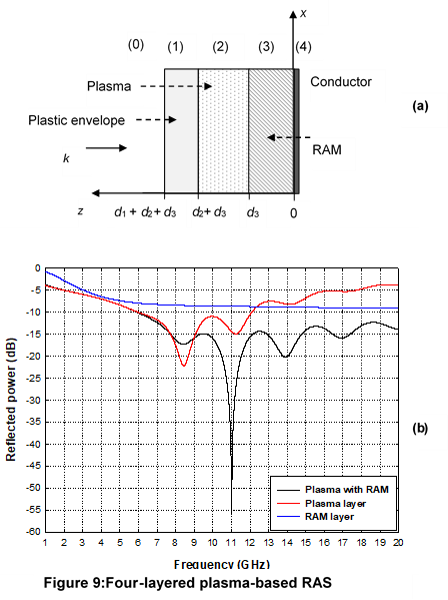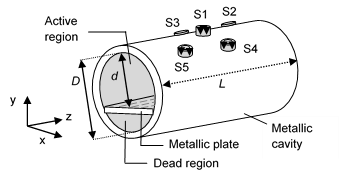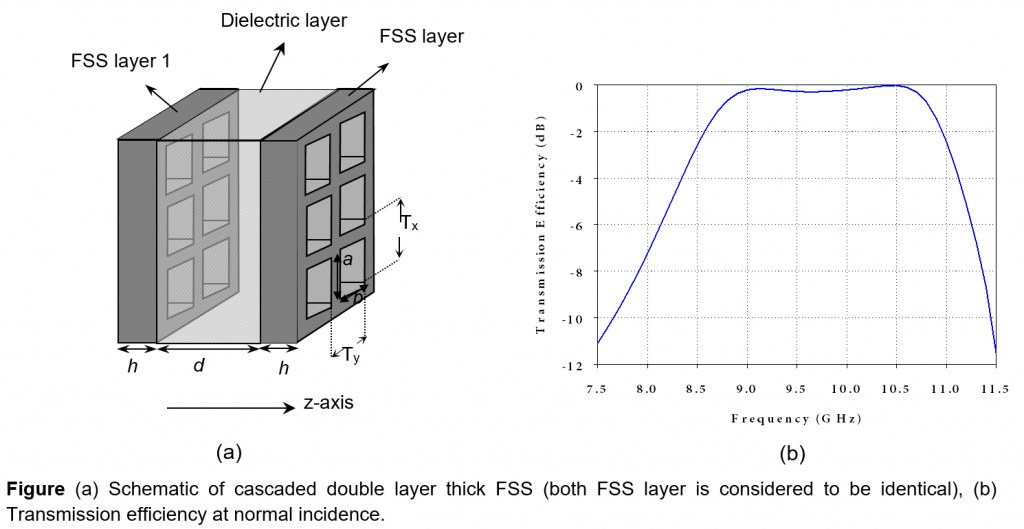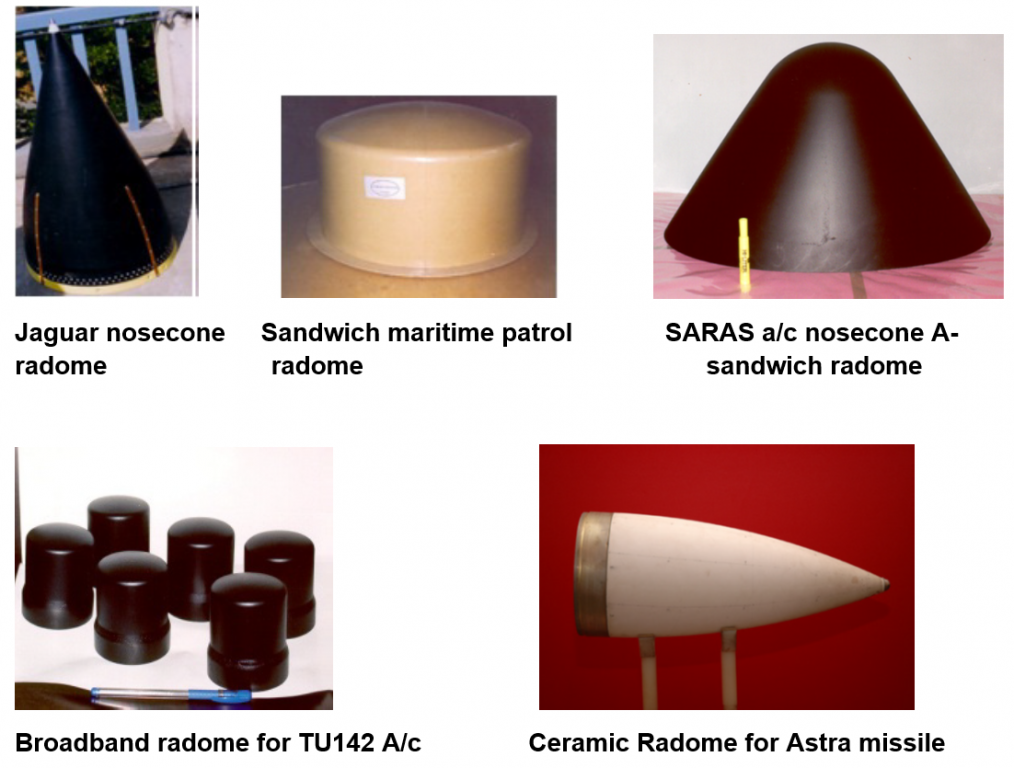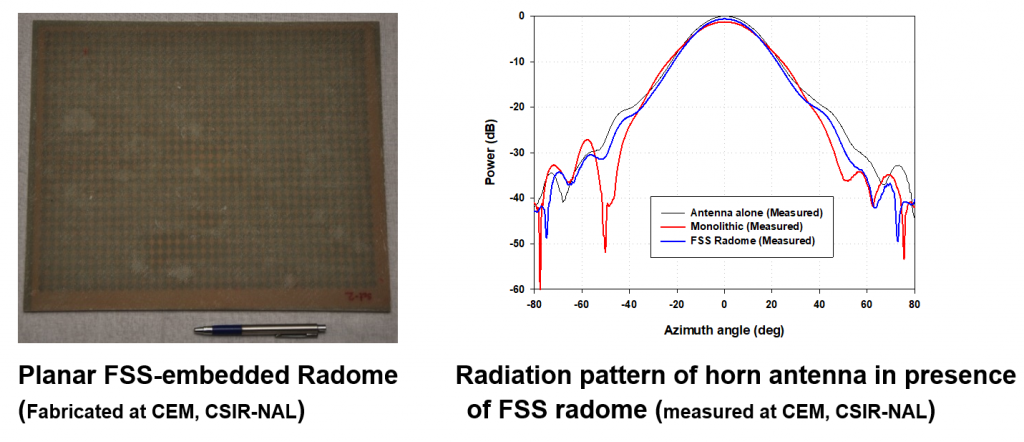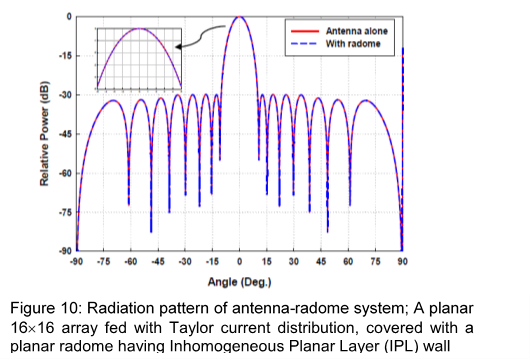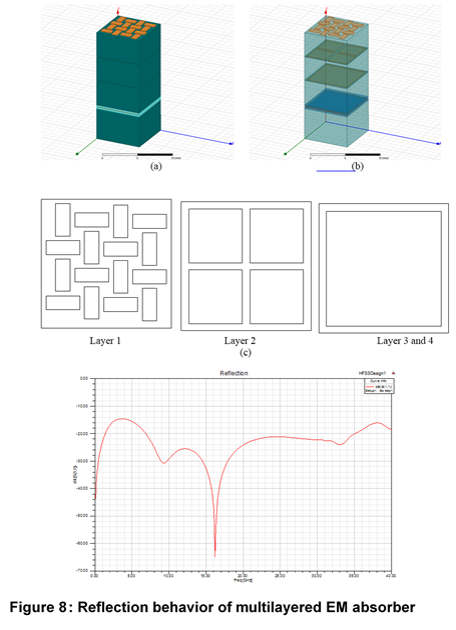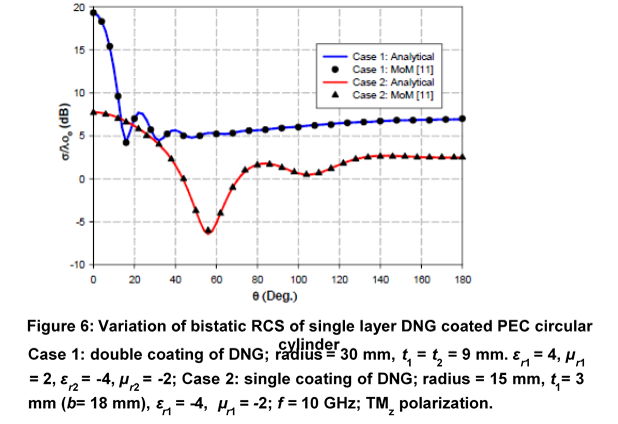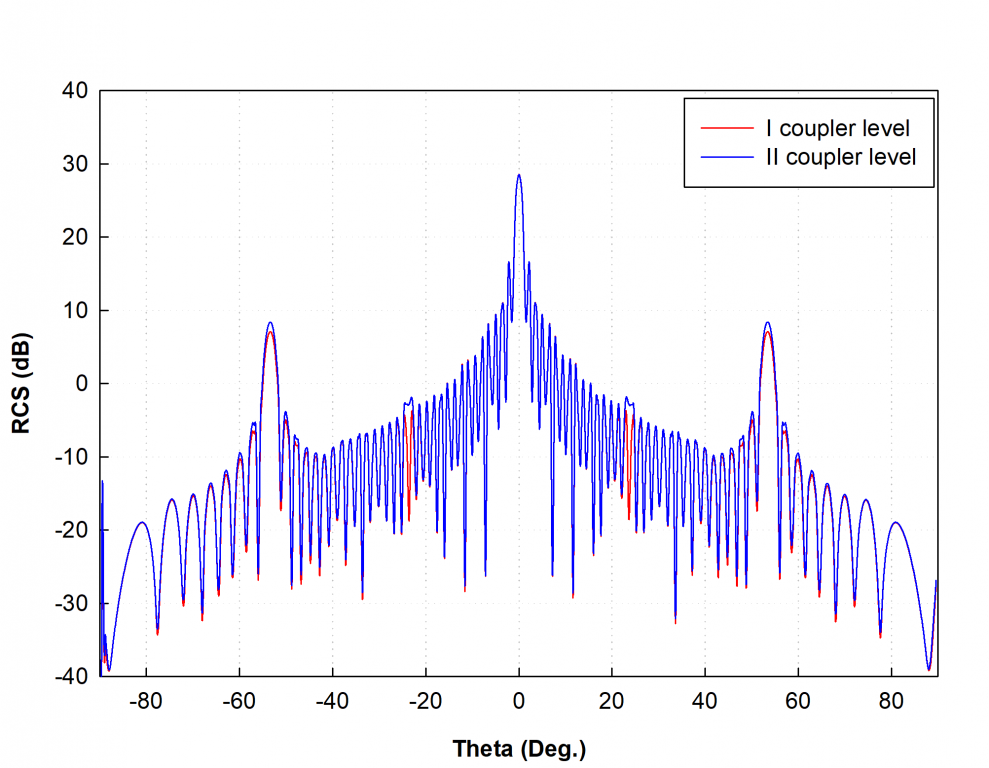
EM Design of Low RCS Air intake Duct using HF Ray tracing Techniques in-conjunction with PSO
Optimization techniques plays a key role almost all the engineering applications. Centre for electromagnetics has carried out the soft computing based design and optimization for various electromagnetic applications such as antennas, EM cloaking structures, microwave devices, high NA lenses, radar absorbers etc.
Radar cross section (RCS) estimation of air intake duct and inlets of combat aircrafts are very much important as they are the significant RCS contributors. Being concavities in profile, ducts and inlets allow the EM wave to reflect multiple time and as whole increase the total RCS of an aircraft. Apart from shaping, the only way to reduce RCS of an air intake duct is to load radar absorbing structures. EM design optimization of radar absorbing structure towards RCS reduction of air intake duct has been carried out in CEM CSIR-NAL. Particle swarm optimization in conjunction with HF ray based method has been used to generate an optimized thickness profile for the complex electrically very large ducts over broad band (2-18 GHz) can be provided with the techniques developed at EM design centre.
Specifications:
This technique can be application towards RCS reduction analysis of electrically large structures of more than 10 lambda.
Facilities where this techniques is used:
DRDO programs
Academia
Maor mile stones / results of this technique
Low RCS design of concavities such as air intake ducts and inlets

 English
English हिन्दी
हिन्दी